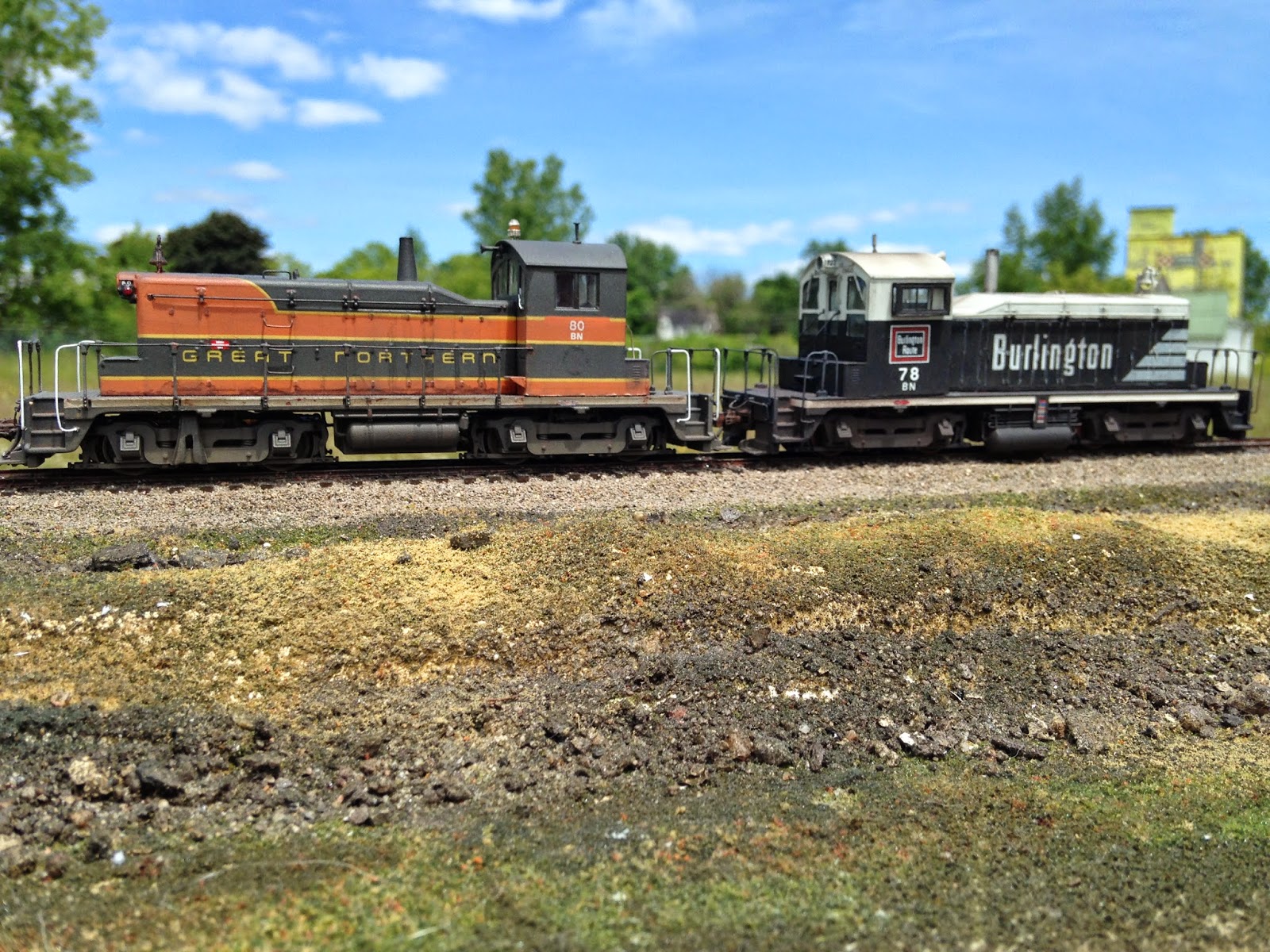 These units were the first units to be delivered with comfort cabs, as per CNRs specifications with input from the locomotive engineer's union. The "comfort" cab was a concession given to crews in order to reduce the amount of crew changes. This meant that trains traveled further within less time and required less staffing. These units were delivered between 1973 and 1977, and didn't make it past the end of the 90s. They were notoriously cantankerous, and had a penchant for darkening even the brightest of summer skies with thick, black exhaust smoke.
These units were the first units to be delivered with comfort cabs, as per CNRs specifications with input from the locomotive engineer's union. The "comfort" cab was a concession given to crews in order to reduce the amount of crew changes. This meant that trains traveled further within less time and required less staffing. These units were delivered between 1973 and 1977, and didn't make it past the end of the 90s. They were notoriously cantankerous, and had a penchant for darkening even the brightest of summer skies with thick, black exhaust smoke. This model was built based on photos found on rrpicturearchives.net. This website is an invaluable research and inspirational tool. Thanks to Micheal Folemsbi for his photos of 3536 in Niagara falls, circa 1994. The kit was a pretty straight-forward build, as far as the shell is concerned. Adorned with beautiful, kit-supplied etchings, the only additions to the shell were the horn and antenna by Details West, and the carbody filters by Railflyer Model Products. MU and train line hoses, along with plough are all Details West products. The rear pilot is by Juneco, and the ditch lights are by Miniatures by Eric.
The kit even came with etched bronze stanchions, which support the hand-bent brass railings. The wipers are supplied by A-Line.The Atlas U23B chassis required significant milling and filing to accept both the shell and fuel tank arrangement. The trucks are modified AAR-B trucks, having had the axle ends cut flush, the contact wipers moved inboard of the wheels and new mounting pins fabricated from styrene rod.
The model is painted in True Line Trains CNR Red/Orange, Testors Semi-Gloss Black, and is lettered with Microscale Decals products. The weathering effects were achieved with chalks and dilute airbrush passes.

















